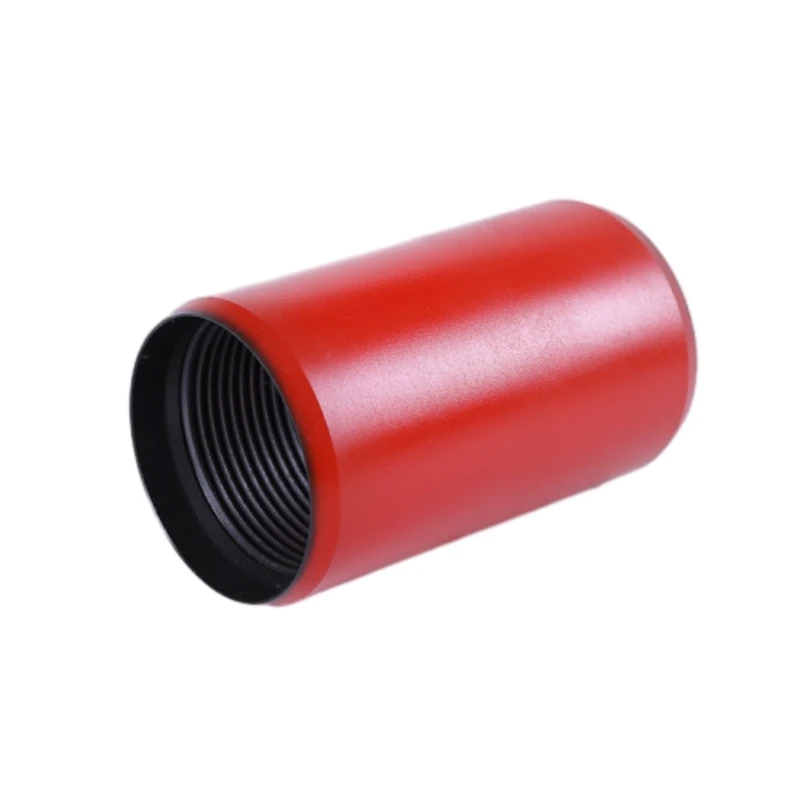- Afrikaans
- Albanian
- Amharic
- Arabic
- Armenian
- Azerbaijani
- Basque
- Belarusian
- Bengali
- Bosnian
- Bulgarian
- Catalan
- Cebuano
- Corsican
- Croatian
- Czech
- Danish
- Dutch
- English
- Esperanto
- Estonian
- Finnish
- French
- Frisian
- Galician
- Georgian
- German
- Greek
- Gujarati
- Haitian Creole
- hausa
- hawaiian
- Hebrew
- Hindi
- Miao
- Hungarian
- Icelandic
- igbo
- Indonesian
- irish
- Italian
- Japanese
- Javanese
- Kannada
- kazakh
- Khmer
- Rwandese
- Korean
- Kurdish
- Kyrgyz
- Lao
- Latin
- Latvian
- Lithuanian
- Luxembourgish
- Macedonian
- Malgashi
- Malay
- Malayalam
- Maltese
- Maori
- Marathi
- Mongolian
- Myanmar
- Nepali
- Norwegian
- Norwegian
- Occitan
- Pashto
- Persian
- Polish
- Portuguese
- Punjabi
- Romanian
- Russian
- Samoan
- Scottish Gaelic
- Serbian
- Sesotho
- Shona
- Sindhi
- Sinhala
- Slovak
- Slovenian
- Somali
- Spanish
- Sundanese
- Swahili
- Swedish
- Tagalog
- Tajik
- Tamil
- Tatar
- Telugu
- Thai
- Turkish
- Turkmen
- Ukrainian
- Urdu
- Uighur
- Uzbek
- Vietnamese
- Welsh
- Bantu
- Yiddish
- Yoruba
- Zulu
Understanding Tubing and Casing in Oil and Gas Drilling Operations
Understanding Tubing and Casing in Oil and Gas Operations
In the oil and gas industry, the terms tubing and casing refer to critical components used in drilling and production operations. Understanding their roles and functions is essential for anyone involved in petroleum engineering, drilling operations, or project management. This article delves into the importance, distinctions, and functions of tubing and casing in the extraction of hydrocarbons.
What is Casing?
Casing is a series of steel pipes that are installed in a wellbore after drilling. Its primary purpose is to provide structural integrity to the well, preventing the surrounding rock from collapsing and ensuring safe operations during extraction. Casing also serves to isolate different pressure zones within the well, thus preventing fluid migration between these zones. This is crucial in maintaining the integrity of the well and minimizing the risk of blowouts, which can lead to catastrophic accidents and environmental disasters.
Casing is typically categorized into different types based on its function and placement within the wellbore
1. Surface Casing This is the first layer of casing installed, providing necessary support to the uppermost part of the well. It prevents surface contamination and protects freshwater aquifers from potential oil and gas spills.
2. Intermediate Casing This layer is installed deeper into the well, allowing for further stabilization and isolation of pressure zones. It acts as an additional barrier against any potential gas or fluid migration.
3. Production Casing This is the final layer of casing that is installed to protect the production zone. It allows for the safe extraction of hydrocarbons and is critical in maintaining the overall integrity of the well.
tubing and casing

What is Tubing?
Tubing, on the other hand, is a smaller diameter pipe that is inserted into the casing after it has been set in place. Its primary role is to transport oil, gas, or other fluids from the reservoir to the surface. Unlike casing, which is used primarily for structural integrity, tubing is designed for production efficiency and flow optimization.
The tubing must withstand high pressures and corrosive environments, which is why it is made from high-strength materials. The design and installation of tubing systems are vital, as they directly affect the volume of hydrocarbons that can be efficiently extracted from the reservoir.
Differences Between Tubing and Casing
While tubing and casing are both essential elements in oil and gas operations, their roles are distinct. Casing is primarily concerned with structural support and pressure integrity, ensuring that the well remains safe and operational. Tubing is focused on production, facilitating the flow of hydrocarbons from the reservoir to the surface.
One of the most significant differences lies in their installation and maintenance. Casing is installed during the drilling process, while tubing is set after the well has been completed and production has commenced. Additionally, tubing can be replaced or repaired more frequently than casing, as it is essential for the ongoing efficiency of production.
Conclusion
In summary, tubing and casing are fundamental components of oil and gas production. While casing provides necessary structural stability and safety, tubing enables the efficient extraction of hydrocarbons from the reservoir. Understanding the differences and functions of these two elements is crucial for professionals in the industry, as it influences drilling strategies, production techniques, and overall project safety. As the oil and gas sector continues to evolve, innovations in tubing and casing technologies will play a pivotal role in enhancing extraction efficiency and ensuring environmental protection.
-
Tubing Pup Joints: Essential Components for Oil and Gas OperationsNewsJul.10,2025
-
Pup Joints: Essential Components for Reliable Drilling OperationsNewsJul.10,2025
-
Pipe Couplings: Connecting Your World EfficientlyNewsJul.10,2025
-
Mastering Oilfield Operations with Quality Tubing and CasingNewsJul.10,2025
-
High-Quality Casing Couplings for Every NeedNewsJul.10,2025
-
Boost Your Drilling Efficiency with Premium Crossover Tools & Seating NipplesNewsJul.10,2025







